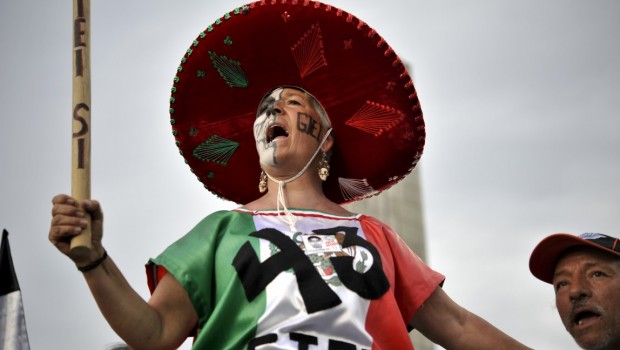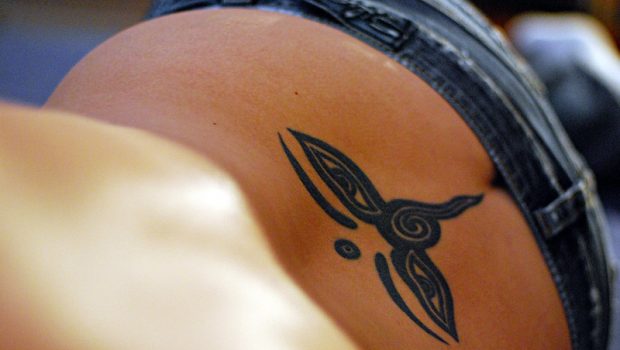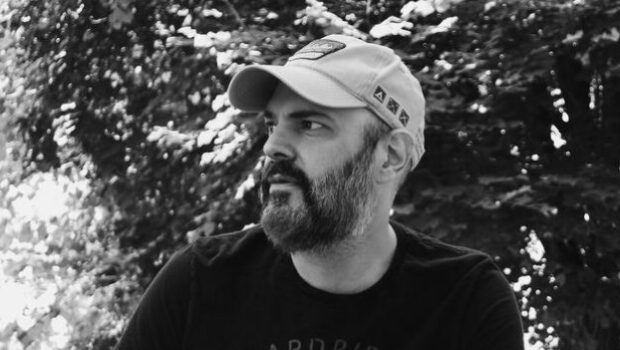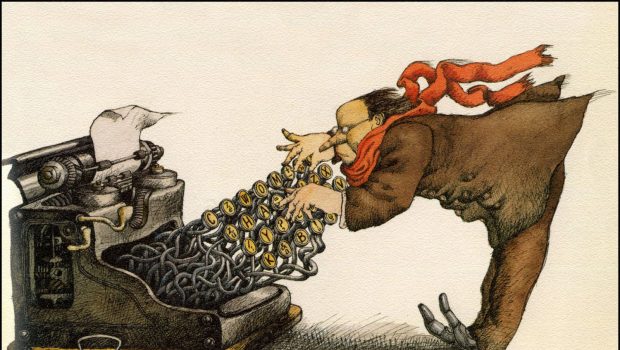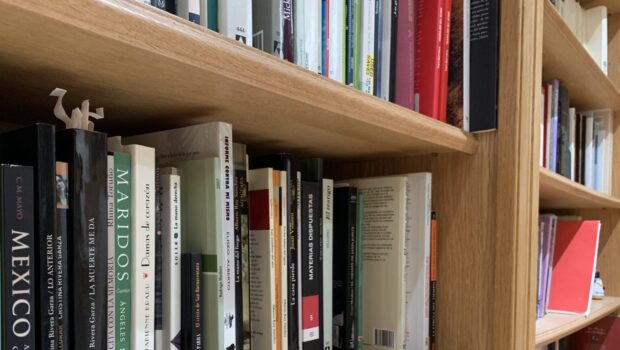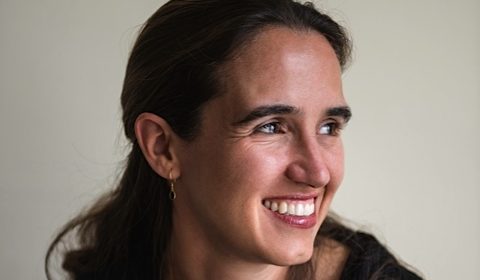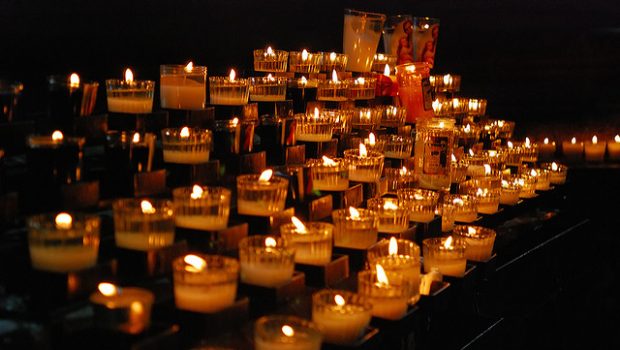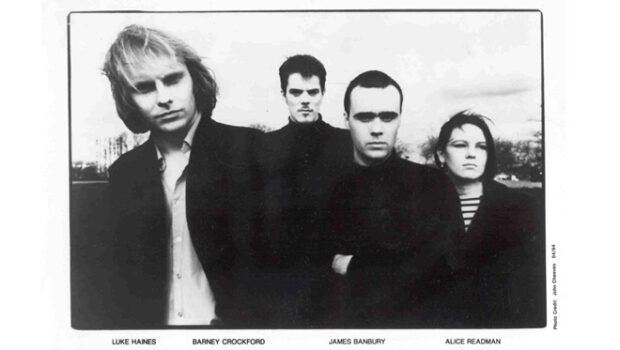Relevance of the Interdisciplinary Panel of Independent Experts (GIEI)
LA IMPORTANCIA DEL GIEI
Édgar Cortez
Translated by Tanya Huntington
When someone is in dire need of results yet realizes, “I cannot do this on my own,” he or she seeks the support of an expert who can help achieve this goal. This has been the case in Mexico with regards to the Panel of Experts and our endeavors to reach an understanding as to what happened to the 43 young students who disappeared on September 26, 2014 in the city of Iguala, Guerrero, and who remain missing to this day.
Mexico has experienced several difficulties with regards to the clarification of high-impact crimes. First, district attorneys’ offices are ill equipped to investigate complex crimes. Second, impunity, given that out of all criminal cases filed, only two percent are eventually solved. And third, society simply does not trust those in charge of criminal investigations.
This quandary has made its presence known throughout the investigation into the students’ disappearance. Following the events that took place on September 26, the Attorney General at the time publicly announced on November 7, 2014 that the investigation had found the students were all arrested by municipal police officers, then handed over to a group of criminal delinquents and cremated at a garbage dump located in Cocula, a town near Iguala.
This official explanation immediately raised concerns. Only local police had participated? The Federal Police and the Army, which have a strong presence in the region, were not involved? Was it possible for all of the students to have been cremated at a single location?
And so, the official story met with disbelief.
The families of the students and human rights organizations, dissatisfied with the turn the investigation had taken, requested that the Inter-American Commission on Human Rights (IACHR) offer technical support to Mexican officials.
Why did these families turn to the IACHR?
For some time now, Mexico has assumed certain human rights obligations. One of these is the American Convention on Human Rights (ACHR), a treaty that establishes a series of human rights with which signatory nations must comply. In order to ensure the Convention itself is upheld, the existence of the IACHR was established as a watchdog organization.
Thus the families of the students and the organizations that support them turned to the IACHR, believing that their right of access to justice was at risk. Their concrete proposal was that a panel of experts in the investigation of high-impact crimes, such as forced disappearances, be formed in cooperation with the District Attorney’s office in order to achieve results that the families, the organizations supporting them, and the general public would find satisfactory.
Following a process of debate and consensus between the IACHR, the Mexican government, the families, and the organizations, it was agreed that a panel of experts would be formed in cooperation with Mexican authorities. The terms of the task at hand were established in an agreement signed on November 12, 2014, which specified the following:
6.- Technical analysis of all lines of investigation in order to determine criminal liability.
6.1 Analysis of whether the investigation adequately follows up on all lines of investigation, especially ties to organized crime and state figures, by employing suitable legal recourse depending on the scope of said illegal acts and criminal liability.
6.2 If this were the case, in keeping with top international standards and regional practices, recommendation of any actions necessary to guarantee that the investigation fully follow through on all of the levels of liability implicated by said lines of investigation.
In order to create what would come to be known as the Interdisciplinary Panel of Independent Experts (GIEI), the families, together with their consultants, proposed a list of candidates; the Mexican government did the same. In the end, it was agreed that a team would be assembled of five persons who have been, up until now, charged with this task.
This initial work cycle came to an end on September 6, 2015, when the GIEI made public the conclusions it had drawn over the course of six months of constant dedication. Major findings included the fact that the 43 students could not have been cremated at the Cocula dumpsite, and that in addition to the four buses that had been previously identified, there was a fifth that may have been used for the transportation of drugs, a matter that needed looking into.
Following this report, a new process of negotiation ensued between the IACHR, the Mexican government, and family organizations in order to approve a second work cycle, which lasted an additional six months. This was established on October 19 with certain variations, such as for example the stipulation that any research was to be carried out henceforth by a different team at the District Attorney’s office, one charged with completing a joint study regarding the fire at the dumpsite and also with jointly planning the direction the investigation would take, allowing for existing information as well as any new leads included in the report.
Over the course of the past six months, the GIEI has carried out its work despite major tensions and confrontations with the District Attorney’s office and the Mexican government. One sticking point has been their refusal to allow the GIEI to interview members of the military who form part of the battalion located in Iguala. Another, that the preliminary results of the study regarding the dumpsite were unilaterally announced by the District Attorney’s office and that moreover, they were presented as conclusive, when this was not the case.
Finally, the Mexican government chose not to authorize an extension for the work of this group of experts beyond the recent April 30 deadline.
Over more than a year, the GIEI has contributed by calling attention to any deficiencies in the investigation, suggesting new lines of inquiry, proposing that qualified experts carry out tests in order to clarify crucial facts, and above all, instilling public trust.
The students are still missing, and we continue to lack a credible, well-founded, satisfactory explanation.
It is worthwhile to reiterate that the responsibility for clarifying what happened to the students lies with the Mexican authorities, and that the role of the GIEI has been to contribute to said authorities’ capacity to get results. It was never intended that the GIEI fulfill the obligations of the District Attorney’s Office.
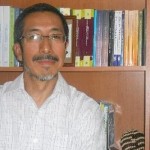 Édgar Cortez Morales is a member of the Mexican Institute for Human Rights and Democracy, where he coordinates strategies for Citizen Safety and Justice. He also forms part of the government board of the Mechanism for the Protection of Journalists and Human Rights Defenders. From 2004 to 2010, he served as Executive Secretary of the National Network of Civic Human Rights Organizations, a collective comprised of over 70 organizations dedicated to the promotion and defense of human rights across Mexico. And from 1998 to 2004, Cortez Morales acted as Director of the Miguel Agustín Pro Juárez Human Rights Center (Centro Prodh). Follow him on Twitter: @edgarcortezm
Édgar Cortez Morales is a member of the Mexican Institute for Human Rights and Democracy, where he coordinates strategies for Citizen Safety and Justice. He also forms part of the government board of the Mechanism for the Protection of Journalists and Human Rights Defenders. From 2004 to 2010, he served as Executive Secretary of the National Network of Civic Human Rights Organizations, a collective comprised of over 70 organizations dedicated to the promotion and defense of human rights across Mexico. And from 1998 to 2004, Cortez Morales acted as Director of the Miguel Agustín Pro Juárez Human Rights Center (Centro Prodh). Follow him on Twitter: @edgarcortezm
Cuando una persona necesita conseguir un resultado y se da cuenta que no puede hacerlo, busca la ayuda de un experto para que la apoye y habilite para lograr el objetivo. Eso es lo que ha pasado en México con el Grupo de Expertos y su ayuda para conocer qué pasó con los 43 jóvenes estudiantes desaparecidos desde el 26 de septiembre de 2014 en la ciudad de Iguala, Guerrero.
México tiene varios problemas en lo que se refiere a esclarecer delitos de alto impacto. El primero es que en las Fiscalías no existe capacidad para investigar delitos complejos; el segundo es la impunidad pues de los delitos que se denuncian sólo el dos por ciento llegan a ser resueltos; el tercero es que la sociedad no confía en quienes investigan delitos.
Esta problemática ha estado presente a lo largo de la investigación de los estudiantes desaparecidos. Luego de ocurridos los hechos el 26 de septiembre, el 7 de noviembre de 2014 el entonces Fiscal General expuso públicamente que la investigación apuntaba a que los todos los estudiantes fueron detenidos por policías municipales, entregados a un grupo de delincuentes y quemados en un basurero ubicado en un pueblo cercano a Iguala llamado Cocula.
Esta explicación oficial de inmediato levantó dudas. ¿Sólo habían participado policías locales? ¿La Policía Federal y el Ejército, presentes en la zona, no tuvieron nada que ver? ¿Era posible que todos los estudiantes hubieran sido quemados en un único lugar? Frente a la versión oficial lo que había era incredulidad.
Las familias de los estudiantes y las organizaciones defensoras de derechos humanos, insatisfechas por el rumbo de la investigación, solicitaron a la Comisión Interamericana de Derechos Humanos (CIDH) que ofreciera ayuda técnica a las autoridades mexicanas. ¿Por qué las familias recurren a la CIDH?
Desde hace tiempo México ha asumido compromisos de derechos humanos. Uno de ellos es la Convención Americana de Derechos Humanos (CADH), tratado que establece un conjunto de derechos humanos que los países comprometidos deben cumplir. Para verificar que efectivamente se cumpla la misma Convención establece la existencia de la CIDH como un órgano encargado de la vigilancia.
Entonces las familias de los estudiantes y las organizaciones que les apoyan recurrieron a la CIDH pues consideraron que su derecho de acceso a la justicia estaba en riesgo. Su propuesta concreta era integrar un grupo de personas expertas en investigación de delitos de alto impacto, como las desapariciones forzadas, para cooperar con la Fiscalía y lograr un resultado satisfactorio para las familias, las organizaciones que les asisten y la sociedad en general.
Luego de un proceso de discusión y acuerdo entre la CIDH, el Gobierno mexicano, las familias y las organizaciones, se convino en la integración de un equipo de personas expertas cuya misión era cooperar con las autoridades mexicanas. Los términos del trabajo se establecen en un acuerdo firmado el 12 de noviembre de 2014, donde se precisa lo siguiente:
6.- Análisis técnico de las líneas de investigación para determinar responsabilidades penales.
6.1 Analizar si en la investigación se están agotando correctamente todas las líneas de investigación, particularmente los vínculos entre la delincuencia organizada y actores estatales, empleando las figuras legales adecuadas para el encuadre de los ilícitos y de la responsabilidad penal.
6.2 De ser el caso y conforme a los más altos estándares internacionales y las mejores prácticas regionales, recomendar acciones que deben implementarse para garantizar que la investigación agote cabalmente y en los distintos niveles de responsabilidad las líneas de investigación.
Para integrar lo que se llamaría el Grupo Interdisciplinario de Expertos Independientes (GIEI), las familias, junto con sus asesores, propusieron una lista de candidatos y lo mismo hizo el gobierno mexicano. Al final se acordó la integración de un equipo de cinco personas que hasta la fecha tienen esta encomienda.
Su primer periodo de trabajo concluyó el 6 de septiembre de 2015 cuando entregaron sus conclusiones de seis meses de trabajo. Entre sus principales hallazgos está que los 43 estudiantes no pudieron ser quemados en el basurero de Cocula y que además de los cuatro autobuses identificados, había un quinto autobús que pudo ser usado para el transporte de drogas, asunto que era necesario investigar.
Luego de este informe hubo un nuevo proceso de negociación entre la CIDH, el Gobierno mexicano y las familias con las organizaciones, para acordar un segundo periodo de trabajo por seis meses más. Este se concreta el 19 de octubre con algunos cambios como que la investigación ahora la realizaría otro equipo de la Fiscalía, la que se haría un estudio conjunto sobre el incendio en el basurero y que se tenía que planificar de forma conjunta una ruta de investigación tomando en cuenta las informaciones existentes y las nuevas líneas incluidas en el informe.
A los largo de los últimos seis meses el GIEI ha llevado adelante su trabajo en medio de tensiones y fuertes confrontaciones con la Fiscalía y el gobierno mexicano. Un punto de tensión ha sido la negativa de que el GIEI entreviste a los militares que forman parte del batallón ubicado en Iguala y, la segunda, que los resultados preliminares del estudio sobre el incendio en el basurero se hubieran difundido de manera unilateral por la Fiscalía presentándolos como concluyentes, cuando no era así.
Finalmente el Gobierno mexicano no aceptó extender el trabajo de este grupo de expertos más allá del 30 de abril pasado.
Durante más de un año el GIEI ha aportado lo siguiente. Señalar las deficiencias de la investigación, plantear nuevas líneas de investigación, proponer que se realicen pruebas periciales que esclarezcan hechos cruciales y, sobre todo, ha aportado confianza.
La desaparición de los estudiantes persiste y aún no se cuenta con una explicación creíble, sustentada y satisfactoria.
Vale insistir que la responsabilidad de esclarecer lo sucedido con los estudiantes es de las autoridades mexicanas, que el aporte del GIEI era contribuir a que las autoridades mexicanas dieran resultados. Nunca se propuso que el GIEI supliera las obligaciones de la Fiscalía.
Édgar Cortez. Integrante del Instituto Mexicano de Derechos Humanos y Democracia, donde coordina la línea de trabajo sobre Seguridad Ciudadana y Justicia. Forma parte de la Junta de Gobierno del Mecanismo de protección a personas defensoras de derechos humanos y periodistas. De 2004 a 2010 fue Secretario Ejecutivo de la Red Nacional de Organismos Civiles de Derechos Humanos. Colectivo integrada por más de 70 organizaciones dedicadas a la defensa y promoción de los derechos humanos en todo el país. De 1998 a 2004 se desempeñó como director del Centro de Derechos Humanos Miguel Agustín Pro Juárez (Centro Prodh). Twitter: @edgarcortezm


